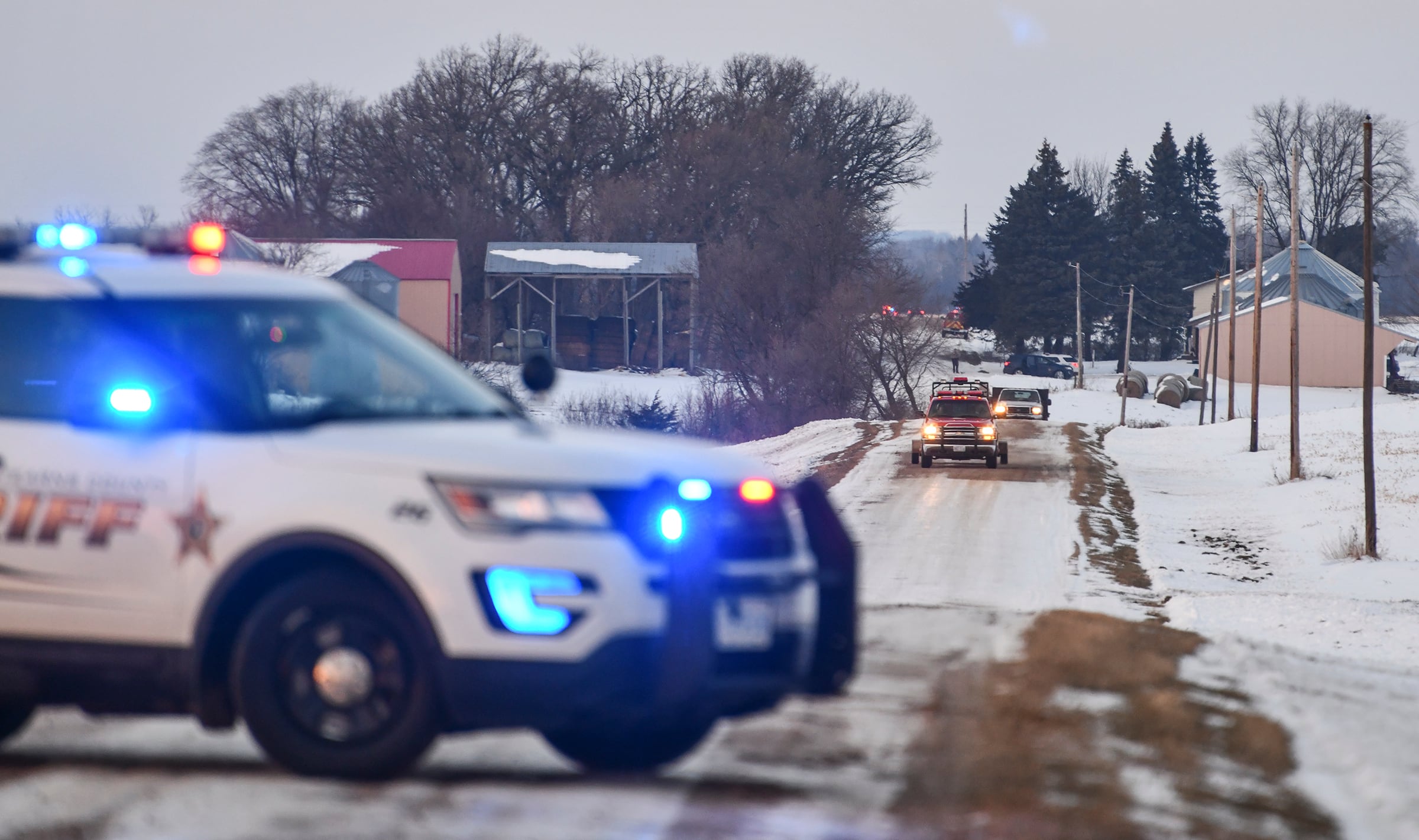ST. PAUL, Minn. — Mechanical failure and human error led to the crash of a Black Hawk helicopter that killed three Minnesota National Guard members last December, according to a Guard summary released Wednesday.
According to the summary of results from a military investigative board, the crew was conducting a maximum power check on the No. 1 engine near St. Cloud. That engine failed during the check, and the No. 2 engine was in the idle setting, causing a dual engine-out condition.
The No. 1 engine failed because the hydromechanical unit was incorrectly installed, and inspection of the unit’s installation did not follow published installation procedure, the summary said.
The summary also said the maintenance test pilot failed to respond to a critical situation during the routine maintenance test flight, and the pilot at the controls failed to execute an autorotative descent and landing.
“It is critical for us to determine what caused this tragic loss of life — not so that we can place blame, but so that we can do everything possible to ensure nothing like this ever happens again,” Brig. Gen. Sandy Best, interim adjutant general of the Minnesota National Guard, said in a news release.
The summary did not include names of any of the positions listed, the St. Cloud Times reported.
RELATED

The UH-60L took off from the St. Cloud Army Aviation Support Facility on Dec. 5 and went missing for almost two hours. The crashed helicopter was found in a field about 16 miles (25.7 kilometers) southwest of St. Cloud.
The three Guard members who died were Sgt. Kort M. Plantenberg, 28, of Avon, Minnesota; Chief Warrant Officer 2 James A. Rogers Jr., 28, of Winsted, Minnesota; and Chief Warrant Officer 2 Charles P. Nord, 30, of Perham, Minnesota.
The families of the three have been individually briefed on the results and have requested no media contact, the release said.
The military investigation board was appointed by the adjutant general “to provide an accurate account” of the crash, according to the release.
The investigation also made recommendations to the Minnesota National Guard, including additional training for maintenance test pilots and additional training for all pilots about responding to emergency procedures.
The Guard’s investigation is in addition to a safety investigation conducted by the U.S. Army Combat Readiness Center at Fort Rucker, Those results provide recommendations to prevent future accidents and are not made public.
